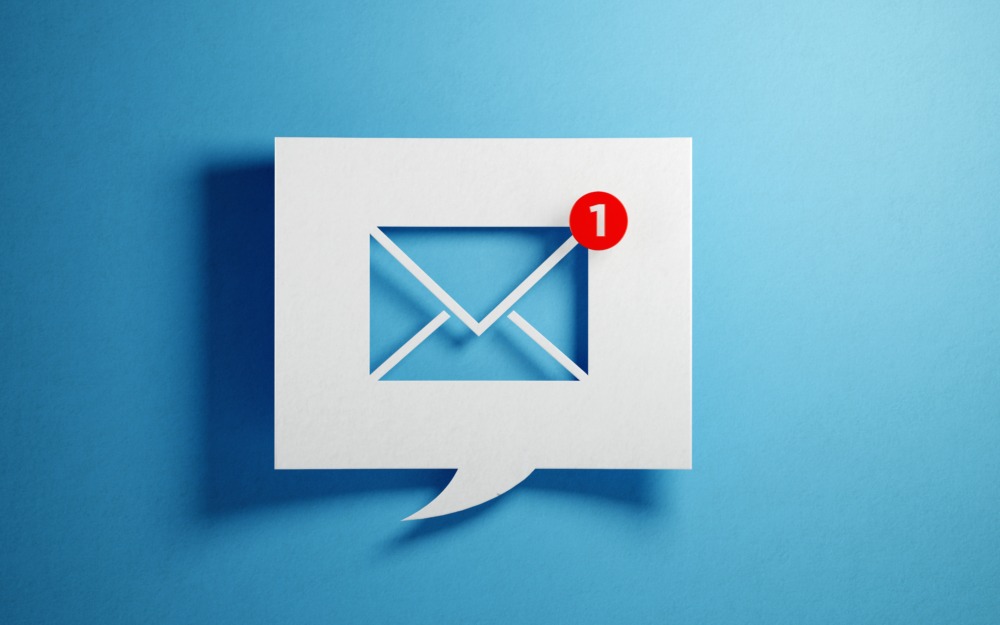For over 200 years, since July 26, 1775, envelopes, newspapers, and other pieces of physical mail have been processed, shipped, and delivered by the US postal service. A lot has changed since then, and the evolution of technology has skyrocketed into the modern-day world that we live in today. Who would have ever imagined that a digital mailroom would be possible?
Table of Contents
The Digital Demand
Since the COVID-19 pandemic and the need for people to stay distanced from one another digital mail solution companies have stepped up to provide innovative, safe ways to receive, process, track, and deliver mail for businesses and organizations. For many companies, digital mail is a necessity in order to stay in business. Digitized mail is efficient, safe, and secure, but how does it all work? Hopefully, this article can help you understand the dynamics of a digital mailroom.
Digital Mailroom Receiving
The first step towards digitizing the mail is to have a centralized location for the physical mail to be sent to. The existence of a digital mailroom starts with mail being sent to a secure third party for the initial reception. This location could be anywhere in the world that suits the company. As the mail is received by the third party, it is sorted and separated into categories. Some of the mail will be spam, some will be addressed to individuals, and some will be for departments. Depending on the structure of the business, each company will have its own set of unique protocols.
Digitizing the Mail
After the mail is separated into the correct categories, it will be opened up and scanned into the software system. The software that is used for this type of operation is typically a SaaS, also known as software as a service, platform. As the mail is scanned and brought into the system it is sent to the people or departments that it is addressed to via email. During this process, each piece of mail is assigned an identifier and can be tracked from start to finish.
Centralized Software for Digital Mailrooms
We mentioned SaaS earlier in this article. The software that drives the digital mail platform is essentially the backbone for the whole process. Software as a service means that a developer furnishes a software application that is designed to facilitate processes that are adjustable to the needs of the business. In most cases, this software is paid for on a monthly or yearly basis as a subscription. The license for the software can be sold for use as well. The software will be housed in a centralized area that will allow users to log in and work on projects. An administrator for the software can create roles, policies, and permissions for individuals and groups. The type of software that is used for enterprise digital mail platforms is robust enough to handle the needs of large businesses with thousands of employees, yet smart enough to facilitate businesses with much fewer workers.
Transforming to Digital Mail
It may sound like it is extremely challenging to transfer from physical mail to an all-digital solution, but it doesn’t have to be. Many businesses that were hit with the sudden onset of the pandemic chose to move quickly and were able to successfully transform the necessary components from analog to digital in record time. With the right digital mail resources, you can make an educated decision about when and how to make the digital shift. Will transforming to digital be easy? Probably not. However, hanging on to the old style of paper mail might be much harder on your business than making the change.




